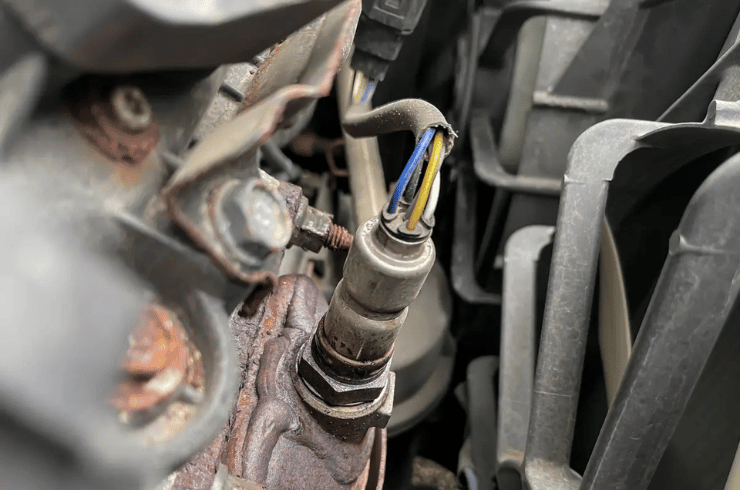What Does the Oxygen Sensor Do?
Modern vehicles increasingly rely on multiple oxygen (O2) sensors to optimize engine performance and reduce emissions. High-performance engines may have an O2 sensor for each cylinder, as well as additional sensors located before and after the catalytic converter.
O2 sensors are typically mounted on the exhaust pipe, either under the hood or beneath the vehicle. Front (upstream) sensors measure the air-fuel mixture exiting the combustion chamber, determining whether the mixture is rich or lean. Rear (downstream) sensors monitor the oxygen content in the exhaust after it passes through the catalytic converter.
A malfunctioning O2 sensor can cause your vehicle to fail emissions tests. Driving with a faulty sensor may also lead to reduced fuel efficiency and potential damage to the catalytic converter.
Is It Safe to Drive with a Bad O2 Sensor?
While a faulty O2 sensor may not pose an immediate safety risk, it can negatively affect engine performance. Your vehicle may run less smoothly, experience decreased gas mileage, and produce higher emissions.
Symptoms of a Faulty O2 Sensor:
- Check Engine light is illuminated
- Noticeable drop in fuel efficiency
- Failed emissions test
Important Considerations When Replacing the O2 Sensor:
- O2 sensors can be damaged by leaking oil or coolant; any such leaks must be addressed to prevent recurring sensor damage.
- Modern vehicles require specific O2 sensors tailored to their systems, not universal replacements used before 1996.
How YourMechanic Handles O2 Sensor Replacement:
Our mobile mechanics will come to your home or office at your convenience and:
- Scan the vehicle’s computer for diagnostic trouble codes
- Inspect for vacuum leaks and exhaust system damage
- Remove and replace faulty O2 sensors
- Verify electrical connections and sensor operation
- Clear diagnostic codes and perform a test drive
Additional Tips:
Regular tune-ups can help prevent O2 sensor issues. If your Check Engine Light comes on, have your vehicle inspected promptly. A flashing Check Engine Light indicates a more serious problem — stop driving and seek professional assistance to avoid costly damage. Remember, exhaust leaks or vacuum hose issues can trigger O2 sensor fault codes, so replacing the sensor alone may not fix the problem.
If you experience any symptoms of a faulty O2 sensor, contact YourMechanic for a quick, reliable mobile service. We’ll dispatch a certified technician near you to diagnose and replace your sensor at a time that suits you best.




